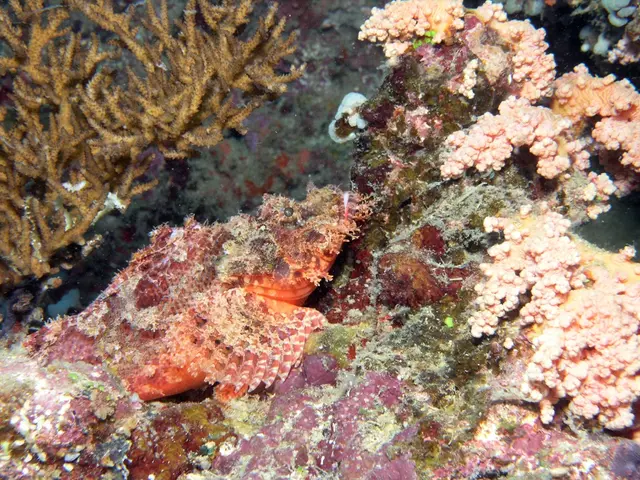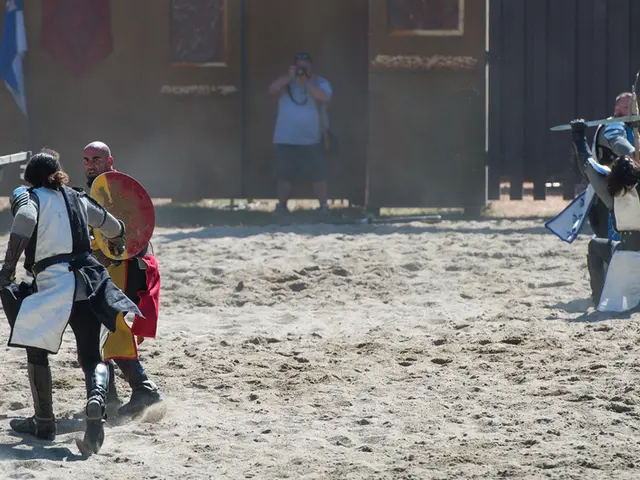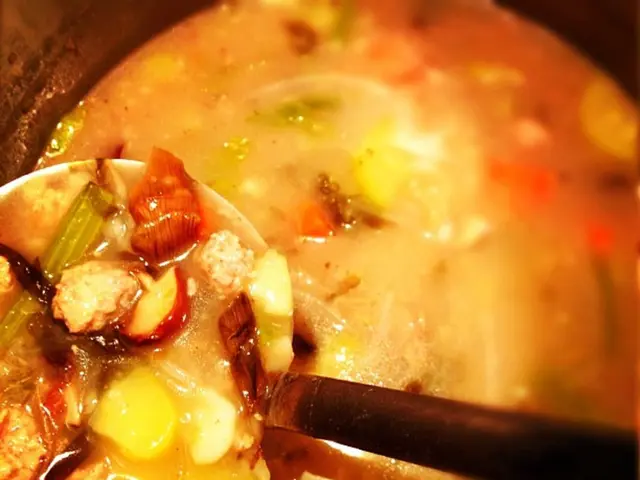Urban Pacific Microcosm: Playa Renaciente Mirrors Urban Pacific Landscape
In the heart of Colombia, nestled by the Cauca River, lies Playa Renaciente – a neighbourhood where approximately 200 Afro families reside, totalling 950 people. This community, with a rich history and ethnic-territorial special rights, has become a beacon of cultural preservation and political awareness.
Playa Renaciente, historically known as Puerto España, was once a landing stage for enslaved people. However, it wasn't until the 2000s that the area was classified as rural, reflecting its predominantly agricultural and low-density residential character. This classification, despite the area's historical age, came as a result of its less developed and urbanized state compared to newer city districts.
The community's territory was renamed "Renaciente," meaning "reborn," symbolising the awakening of political and ethnic consciousness. This consciousness has been instrumental in the community's assertion of their legal, territorial, and cultural recognition, leading to the recognition of the Consejo Comunitario Ancestral de Negritudes La Playa Renaciente in 2007.
Playa Renaciente is currently resisting against a significant construction project, Plan Jarillón, a resettlement program by the city administration. The project operators are promoting it using threat scenarios, claiming that if the Cauca River overflows its banks and a dam breaks, ten of the 21 municipalities could be flooded, affecting 900,000 people.
The community, however, feels that individual resettlement in urban problem areas would tear apart their centuries-old community and is demanding collectively negotiated solutions. Juan Camilo, a community member, acknowledges that the community has fought alone for too long and admits the need for allies, including Vice President Francia Márquez who recently showed support during the river procession.
The community shares a deep bond with the rivers, as they are both their living space and their livelihood. Many families are still waiting for compensation ten years after their houses were demolished as part of the project. Despite the hardships, the community remains resilient, with a spirit that is as vibrant as the Pacific – their songs, prayers, cuisine, traditional midwives, and medicine all reflect this.
Adeleida Mosquera and Edith Díaz, members of the Consejo, are showcasing their photos in a project with La Tertulia modern art museum in Cali, depicting rituals honoring Oshun and the coexistence of Yoruba religion and Catholicism. This project is a testament to the community's rich cultural heritage and their determination to preserve it.
Salazar, another community member, dreams of uniting various Afro-representations at the national level into a common articulation, the Social Afro-Colombian Movement, MSA. This movement could be crucial for the future of Playa Renaciente and other similar communities, ensuring their voices are heard and their rights are protected.
Colombia, with Playa Renaciente, stands as the country with the largest area of legally recognized Afro-areas, playing a pioneering role in this regard. The future of Playa Renaciente, however, hangs in the balance, as they continue their fight against the Plan Jarillón and strive for a future where their culture, community, and land are protected.
Read also:
- Reducing Anxiety Through Nutrition: Edibles That Soothe the Mind
- The True Implications of Lab Testing for Your Container of Manuka Honey
- Bees produce a unique type of honey, known as 'Mad Honey', from gathering a particular nectar.
- Casino operator's parent company alleges Kazuo Okada wrongfully seized control through violent means at Okada Manila.








